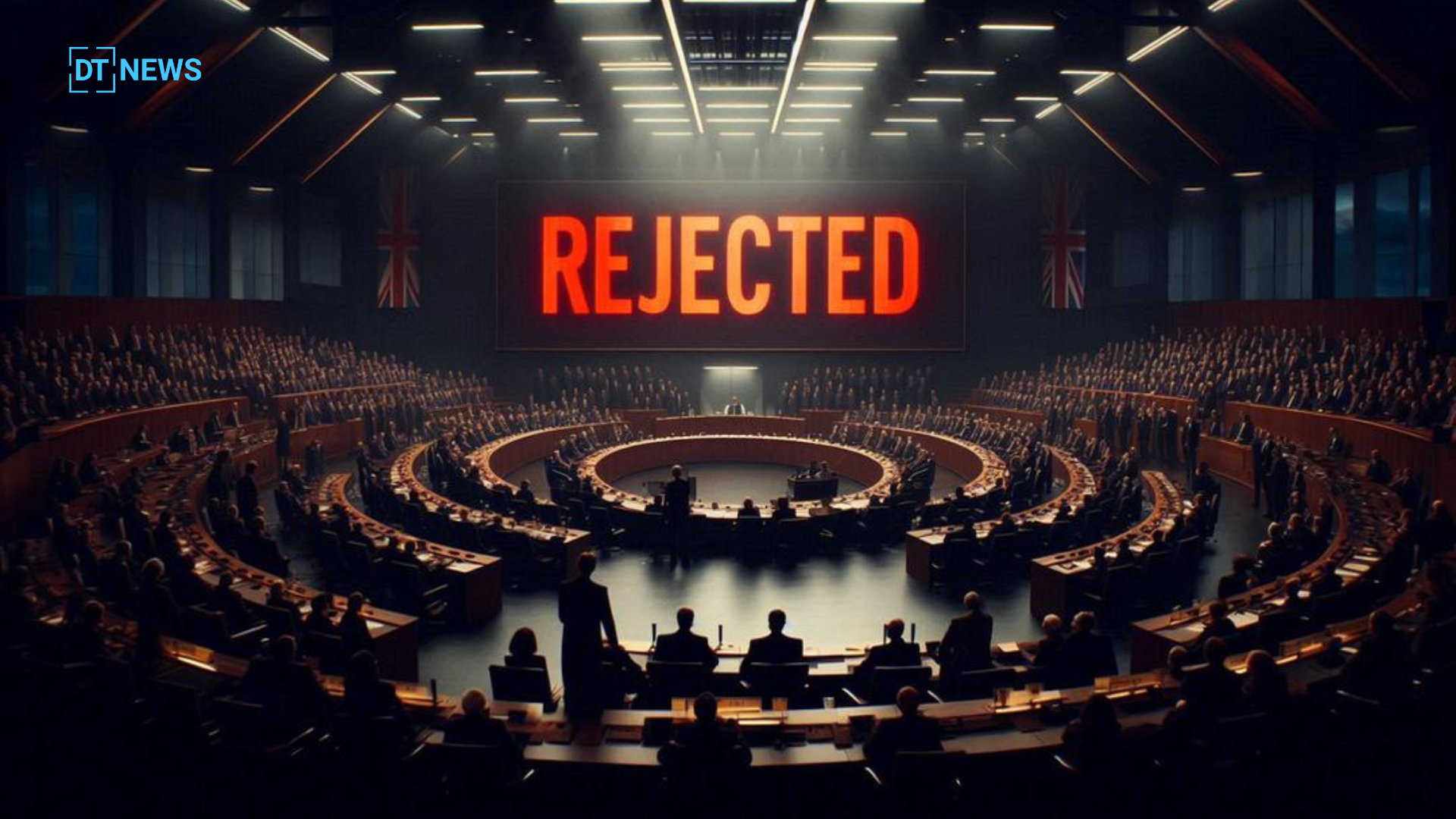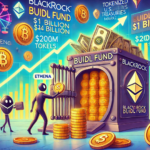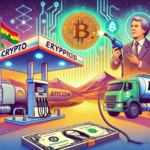According to reports, a highly anticipated vote on Solana’s economic structure failed on Thursday, killing proposed reforms to reduce the network’s inflation rate. The defeated proposal, SIMD-0228, aimed to transition Solana’s staking rewards from a fixed 4.7% annual emission to a dynamic, market-driven model. This is a big blow to those who argued Solana’s high inflation is suppressing SOL’s price by increasing token supply. But small validators, worried about revenue losses, blocked the effort.
Solana’s inflation mechanics stay the same for now. But the debate over staking rewards and SOL’s future is far from over.
Historic Validator Turnout Decides Solana’s Inflation Fate
SIMD-0228 was one of the most intense governance battles in Solana’s history. Over 66% of validators voted, controlling 75% of the network’s voting power.
- Small Validators: Of those with 500,000 SOL or less in staking power, over 60% voted no.
- Large Validators: Among those with more than 500,000 SOL, 60% voted yes.
This split shows a key conflict: smaller operators rely heavily on staking rewards for sustainability, while larger entities see inflation as a drag on SOL’s price and long-term growth.
According to Solana Compass’ Jonny, validator voting is rare and usually reserved for big economic changes.
“This was one of the most controversial proposals we’ve seen. The turnout reflects just how divided the network is on staking emissions,” he said.
Why Did Solana Validators Reject SIMD-0228?
The proposal aimed to shift Solana’s staking reward model from a fixed 4.7% inflation rate to a dynamic system that would adjust emissions based on staking participation. Supporters argued this would reduce selling pressure on SOL and attract long-term investors.
But opposition groups cited multiple concerns:
– Potential Revenue Cuts for Small Validators
Many validators with smaller SOL stakes rely on staking rewards as their primary revenue source. A big reduction in emissions could force some operators offline, leading to centralization risks.
– Bias Towards Big Investors
Some claimed Multicoin Capital, the proposal’s co-authors, designed SIMD-0228 to serve themselves.
– Impact on Solana DeFi
Several validators warned that a sudden reduction in staking rewards would disrupt lending protocols and staking strategies, affecting overall ecosystem stability.
– Lack of Consensus and Rushed Process
“SIMD-0228 is a big economic change, and changes of this scope deserve more time for discussion, data analysis and feedback from all parts of the ecosystem,” said SolBlaze, a validator operator.
The Stakes: Inflation and Decentralization
Solana’s staking rewards have been a topic of conversation for a while. With a 4.7% emission rate, Solana distributes new tokens to validators at a higher rate than many other blockchains. While this incentivizes network participation, it also increases SOL’s token supply, which some argue suppresses the price.
Researcher Max Resnick, co-author of SIMD-0228, said:
“We will talk to the ‘no’ voters and find a compromise.”
Meanwhile, concerns remain about centralization of validators. If staking rewards are slashed without an alternative support system, smaller validators will struggle to compete and control will be concentrated in the hands of a few big operators.

What’s Next for Solana’s Economic Model?
While SIMD-0228 failed to change the status quo, the issue of inflation is still open. The proposal not being passed doesn’t mean the end of staking reform; it just delays it.
Possible Next Steps:
- Revised Proposal: Reformers may draft a new version with a more gradual reduction of staking rewards.
- Alternative Incentives: Discussions could emerge on how to reduce emissions while supporting smaller validators.
- More Community Engagement: Governance decisions of this scale require broader consensus to avoid sharp divisions in the ecosystem.
Conclusion
SIMD-0228 not passed means high staking rewards are here to stay; for now. But reformers won’t give up.
Meanwhile, small validators are calling for alternative ways to reduce inflation without hurting their revenue. Some have proposed gradual reductions of staking rewards or mechanisms that balance emissions based on network activity instead of fixed inflation rates.
Solana’s inflation debate is not over. The next few months might see new proposals and negotiations as the network tries to balance economic sustainability with decentralization.
Stay updated with Deythere as we’re available around the clock, providing you with updated information about the state of the crypto world.
FAQs
1. What was SIMD-0228 in the Solana governance vote?
SIMD-0228 was a proposal to replace Solana’s 4.7% fixed staking reward emission rate with a dynamic system that adjusts based on network conditions.
2. Why was SIMD-0228 rejected?
It was rejected because of small validator sustainability, accusations of favoritism towards big investors and fear of disruption in Solana’s DeFi ecosystem.
3. How did validator participation impact the vote?
Over 66% of validators voted, small validators voted no, big validators mostly yes.
4. What are the implications of keeping Solana’s high inflation rate?
Keeping high inflation will continue to suppress SOL’s price by increasing token supply but will keep smaller validators profitable.
5. Will Solana’s staking rewards change?
Although SIMD-0228 failed, discussions around staking emissions and economic reform will continue and might lead to a revised proposal.
Glossary
Inflation Rate: The percentage at which new SOL tokens are issued and added to the circulating supply.
Validators: Nodes that participate in transaction processing and network security in proof-of-stake blockchains.
Staking Rewards: Tokens distributed to validators and delegators as an incentive for network security.
Decentralization: The degree to which control over a blockchain is distributed among participants rather than concentrated in a few entities.
Multicoin Capital: A crypto-focused investment firm that co-authored SIMD-0228.




















































































































